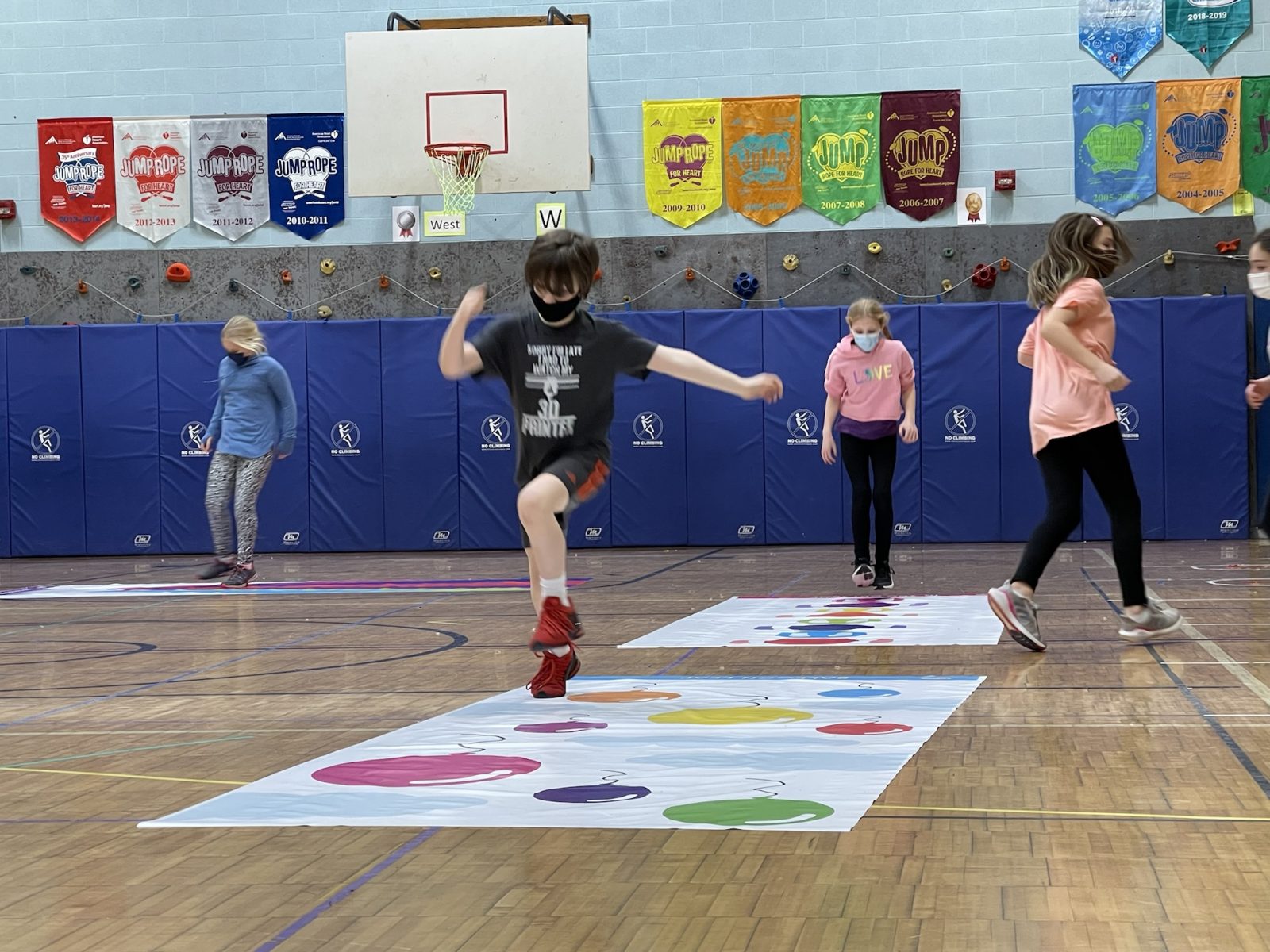Physical health and overall well-being are closely linked to regular physical activity, especially during childhood. Physical activity in school is dedicated to providing a structured and engaging environment for children to move, play, and exercise. It plays a pivotal role in enhancing physical health and well-being. Today, we will explore how these schools contribute to improved physical health and overall well-being.
Promoting Physical Fitness
Physical activity schools offer a structured platform for children to engage in various physical exercises and activities. These activities help improve cardiovascular health, increase muscular strength, enhance flexibility, and boost overall physical fitness.
Healthy Body Weight
Regular participation in physical activities at school helps children maintain a healthy body weight. It reduces the risk of childhood obesity and related health issues, such as diabetes and heart disease, by encouraging calorie expenditure and healthy eating habits.
Bone and Muscle Development
Engaging in physical activities like running, jumping, and playing sports contributes to the development of strong bones and muscles. This is particularly crucial during childhood when bone density is still increasing.
Enhanced Motor Skills
Physical activity schools focus on developing fundamental motor skills, including running, jumping, throwing, and catching. These skills are essential for physical coordination and agility, which are vital components of physical health.
Stress Reduction
Fit and Fun Playscapes promotes the release of endorphins, which help reduce stress and improve mood. Schools that incorporate regular physical activities provide students with effective tools to manage daily stressors.
Improved Concentration
Engaging in physical activities at school has been shown to enhance concentration and cognitive function. Regular breaks for physical activities help students return to their studies with improved focus and mental clarity.
Social Interaction
Physical activity schools encourage social interaction and teamwork. These experiences promote the development of social skills, emotional intelligence, and a sense of belonging, which are crucial for overall well-being.
Confidence and Self-Esteem
Achieving physical milestones and improving skills through physical activities boosts a child’s self-esteem and self-confidence. This positive self-image can extend to other areas of their lives, leading to improved overall well-being.
Positive Body Image
Physical activity schools promote a positive body image by emphasizing the importance of physical health and well-being over unrealistic body standards. This can contribute to a healthier relationship with one’s body.
Lifelong Habits
Physical activity schools help instill the habit of regular exercise from a young age. Children who learn to enjoy physical activity are more likely to carry these habits into adulthood, leading to a healthier and more active lifestyle.
Fun and Enjoyment
Perhaps the most crucial aspect is that physical activity schools make exercise enjoyable for children. When physical activity is seen as fun and not a chore, children are more likely to engage in it regularly, leading to long-term health benefits.
Final thoughts
Physical activity schools play a vital role in improving physical health and overall well-being in children. By providing a structured and enjoyable environment for physical exercise, these schools set the foundation for a healthier and happier future for children as they grow into adulthood.








